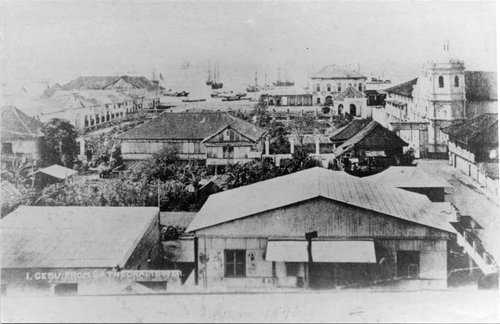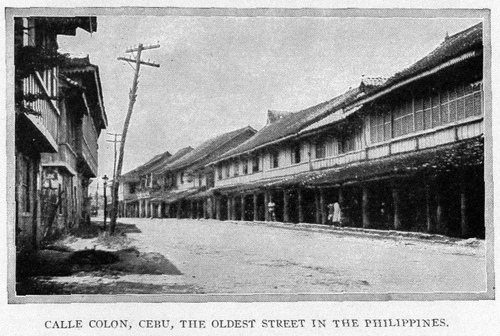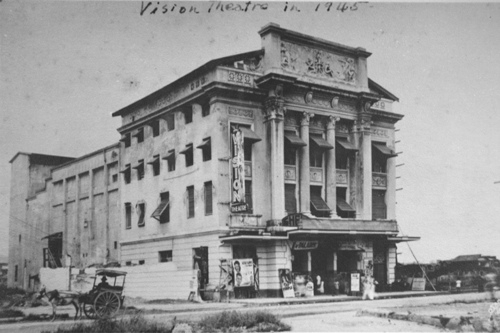IT IS interesting how Facebook has become a ground for debate drawn across geocultural lines. Consider this early post on the community page called ‘Iloilo: Queen City of the South: “THE QUEENSHIP days of the impostor is nearing its end.’
“QUEENSHIP is not just about progress…. it’s possessing the royal character of being a royal, being a QUEEN! “Myriads of fairy tales have circulated the globe… the true/real, original queen was always taken over by the impostor and the real Queen undergoes indignation, suffering and undeserved poverty but who comes out reigning in the end: THE REAL QUEEN. “FOR A QUEEN WILL ALWAYS BE A QUEEN, NO MATTER WHAT HAPPENS. IT’S IN THE BLOODLINE AND NOT IN SUPERFICIAL RICHES THAT WOULD EVENTUALLY COME TO AN END”.
Clearly the potshot was meant for Cebu City, generally touted as the reigning Queen City of the South. And the debate that followed did, of course, get emotional without meaning to, since pride of place could dispense with reason. Iloilo arguably overtook Cebu’s economy in the late 18th century when it became a producer of textiles like sinamay, jusi, and piña—a boom that surely led to the opening of its port to international trade in 1855 ahead of Cebu (1860).
Ironically, Cebu was the top producer of sugar circa 1850 but even that distinction was toppled by Iloilo when it became the transshipment port for sugar that came increasingly from its then island satellite Negros. Cebu would not recapture this economic primacy until about 1917 thanks to the American re-development of its port; but by then the romance of Iloilo and its “Queen City of the South” status was firmly in place. However, the Ilonggos counter with reason that its original possession of the Queen City title was not economic, but political.
A Wikipedia entry states: “The City of Iloilo by virtue of a Royal Decree of 1896 was given the honor of having a Coat of Arms with the Inscription: “La Muy Leal y Noble Ciudad de Iloilo” in reward for its loyalty to Spain during the Philippine uprising. Over time, this made Iloilo the “Queen’s Favored City in the South” or simply “Queen’s City of the South” (A name mistakenly appropriated for Cebu).”
Mistakenly or not, Cebu City has enjoyed the Queen City of the South tag like a clever marketing blurb for the rest of the 20th century and through the ascendancy of its beloved son Serging Osmeña, whose wife, a de la Rama, was of prominent Negrense roots. In the end, Cebu does not really need fancy titles to proclaim its importance.
It already has the honor of being the Oldest City in the Philippines (May 8, 1565) and its foundation by the Spaniards as a western-style city should be celebrated earlier than what the Hon. Vicente Rama only reinstated in 1937. But her long history of rebellion, as exemplified from the start by the hero Lapu-lapu, would clearly not put patriotic Cebu in any of Spain’s most-favored list.
It is sad, however, that Cebu cannot show the beauty of its past the way Iloilo can: Cebu’s boom led to the purposeful destruction of most of its Spanish period buildings; and what the American bombings at the tail-end of World War II did not finish, the Cebuanos did in the 1960s and 70s. On the other hand, Iloilo’s lamented economic decline especially in the face of Negrense cities’ (Silay and Bacolod) rise and independence meant it no longer had cash enough to build shiny new structures to supplant the old—and emerged the better for it. The writer of “Iloilo…” is right: a Queen will always be a Queen, but should not harp on “SUPERFICIAL RICHES THAT WOULD EVENTUALLY COME TO AN END”; for the irony is—Iloilo was once richer than Cebu. And, indeed, that came to an end.







